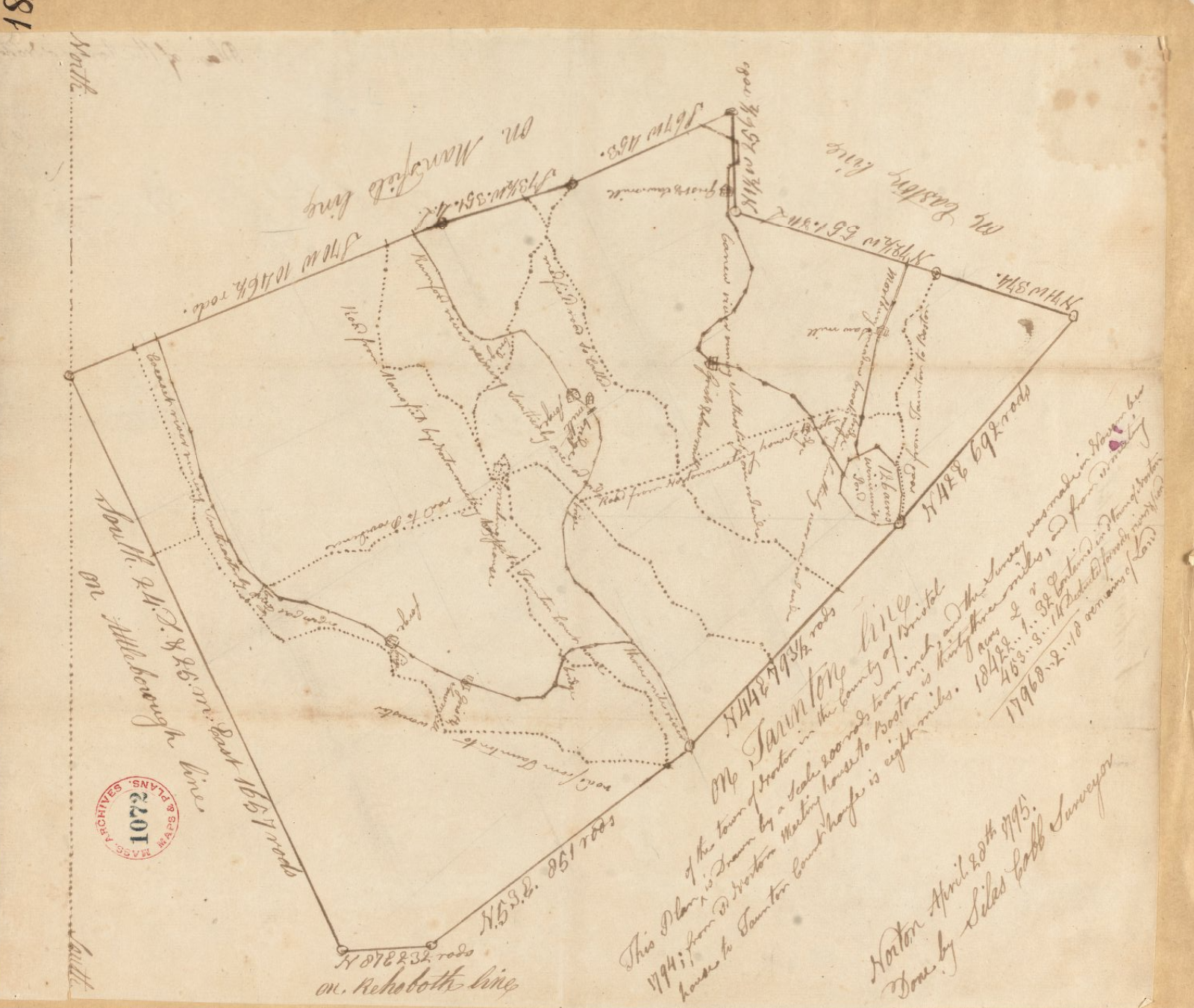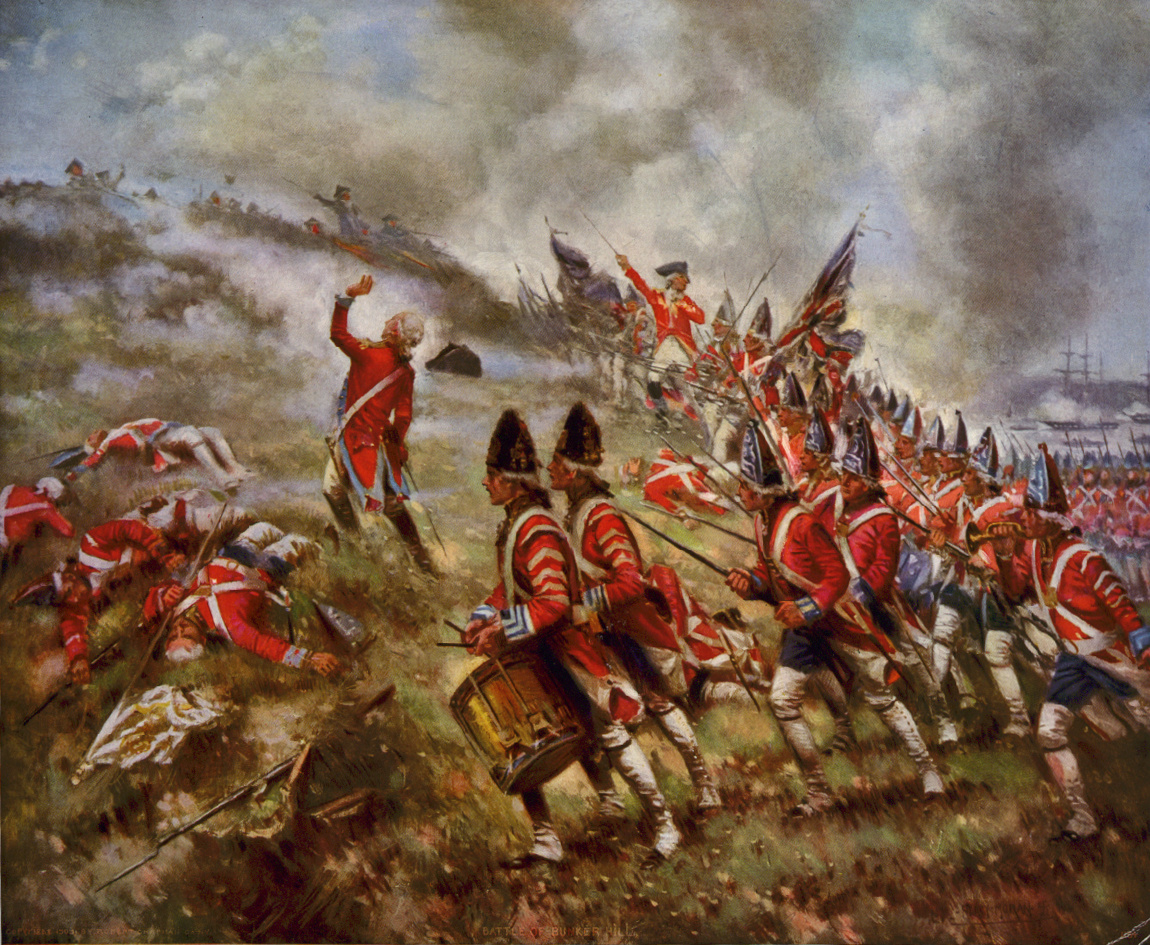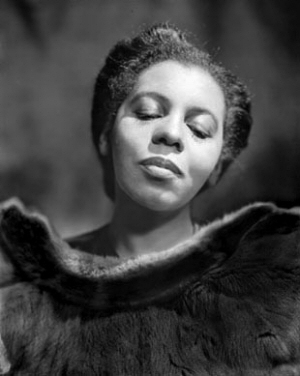|
Jonathan Eddy
Jonathan Eddy (–1804) was an American military officer and politician who served in the French and Indian War and the American Revolutionary War. After the French and Indian War, he settled in Nova Scotia as a New England Planter, becoming a member of the General Assembly of Nova Scotia. During the American Revolutionary War, he was strongly supportive of the rebellion against the Crown. He encouraged the residents of Nova Scotia to join in open revolt against King George III and England. He led a failed attempt to capture Fort Cumberland in 1776 and was forced to retreat to Massachusetts, the place of his birth. The following year, he led the defense of Machias, Maine during the Battle of Machias (1777). After the war, he established the community now known as Eddington, Maine in 1784, where he died. French and Indian War Jonathan Eddy was born in Norton, Massachusetts in 1726 or 1727. In 1755, he enlisted in the Massachusetts militia and participated in Robert Monckto ... [...More Info...] [...Related Items...] OR: [Wikipedia] [Google] [Baidu] |
Norton, Massachusetts
Norton is a New England town, town in Bristol County, Massachusetts, United States, and contains the villages of Norton Center, Massachusetts, Norton Center and Chartley, Massachusetts, Chartley. The population was 19,202 at the 2020 United States Census, 2020 census. Home of Wheaton College (Massachusetts), Wheaton College, Norton hosted the Dell Technologies Championship, a golf tournament, tournament of the PGA Tour held annually on the Labor Day holiday weekend at the TPC Boston golf club until 2018. History The lands of Norton remained unsettled by British colonization of the Americas, English colonists for many years after their initial arrival on the eastern Massachusetts coast. But by the late 1640s, the townships of Rehoboth, Massachusetts, Rehoboth and Taunton, Massachusetts, Taunton were looking to expand their boundaries further inland. The settlement of Rehoboth bought the lands north of it—what would become Attleboro, Massachusetts, Attleboro—from Wamsutta ... [...More Info...] [...Related Items...] OR: [Wikipedia] [Google] [Baidu] |
Isthmus Of Chignecto
The Isthmus of Chignecto is an isthmus bordering the Maritime provinces of New Brunswick and Nova Scotia that connects the Nova Scotia peninsula with North America. The isthmus separates the waters of Chignecto Bay, a sub-basin of the Bay of Fundy, from those of Baie Verte, a sub-basin of the Northumberland Strait that is an arm of the Gulf of St. Lawrence. The isthmus stretches from its northerly point at an area in the Petitcodiac River valley near the city of Dieppe, New Brunswick to its southerly point at an area near the town of Amherst, Nova Scotia. At its narrowest point between Amherst and Tidnish, the isthmus measures wide. Because of its strategic position, it has been important to competing forces through much of its history of occupation. The name "Chignecto" derives from the Mi'kmaq name ''Siknikt'', meaning "drainage place"; the name of the Mi'kmaq District where the isthmus is located. Geography The majority of the lands comprising the isthmus have l ... [...More Info...] [...Related Items...] OR: [Wikipedia] [Google] [Baidu] |
New York And New Jersey Campaign
The New York and New Jersey campaign in 1776 and the winter months of 1777 was a series of American Revolutionary War battles for control of the Port of New York and New Jersey, Port of New York and the state of New Jersey, fought between Kingdom of Great Britain, British forces under William Howe, 5th Viscount Howe, General Sir William Howe and the Continental Army under General George Washington. Howe was successful in driving Washington out of New York (state), New York, but overextended his reach into New Jersey, and ended the New York and New Jersey campaign in January 1777 with only a few outposts near New York City under British control. The British held New York Harbor for the rest of the Revolutionary War, using it as a base for expeditions against other targets. Landing unopposed on Staten Island on July 3, 1776, Howe had assembled an army that included components that had withdrawn from Boston in March following the Boston campaign, British failure to hold that city, c ... [...More Info...] [...Related Items...] OR: [Wikipedia] [Google] [Baidu] |
William Howe, 5th Viscount Howe
William Howe, 5th Viscount Howe, (10 August 1729 – 12 July 1814), was a British Army officer who rose to become Commander-in-Chief of British land forces in the Colonies during the American War of Independence. Howe was one of three brothers who had distinguished military careers. In historiography of the American war he is usually referred to as Sir William Howe to distinguish him from his brother Richard, who was 4th Viscount Howe at that time. Having joined the army in 1746, Howe saw extensive service in the War of the Austrian Succession and Seven Years' War. He became known for his role in the capture of Quebec in 1759 when he led a British force to capture the cliffs at Anse-au-Foulon, allowing James Wolfe to land his army and engage the French in the Battle of the Plains of Abraham. Howe also participated in the campaigns to take Louisbourg, Belle Île and Havana. He was appointed Lieutenant-Governor of the Isle of Wight, a post he held until 1795. Howe was sent ... [...More Info...] [...Related Items...] OR: [Wikipedia] [Google] [Baidu] |
Truro, Nova Scotia
Truro (Scottish Gaelic: ''Trùru'') is a town in central Nova Scotia, Canada. Truro is the shire town of Colchester County and is located on the south side of the Salmon River (Nova Scotia), Salmon River floodplain, close to the river's mouth at the eastern end of Cobequid Bay. History The area has been home to the Mi'kmaq people for several centuries. The Mi'kmaq language, Mi'kmaq name for the Truro area, "Wagobagitik" means "end of the water's flow". Mi'kmaq people continue to live in the area at the Millbrook and Truro reserves of the Millbrook – We’kopekwitk band. Acadian settlers came to this area in the early 1700s. The Mi'kmaq name for the Truro area was shortened by the settlers to "Cobequid", and the bay to the west of the town is still named Cobequid Bay. By 1727, the settlers had established a small village near the present downtown site of Truro known as "Vil Bois Brule" (Village in the burnt wood). Many Acadians in this region left in the Acadian Exodus which ... [...More Info...] [...Related Items...] OR: [Wikipedia] [Google] [Baidu] |
Continental Army
The Continental Army was the army of the United Colonies representing the Thirteen Colonies and later the United States during the American Revolutionary War. It was formed on June 14, 1775, by a resolution passed by the Second Continental Congress, meeting in Philadelphia after the war's outbreak at the Battles of Lexington and Concord on April 19, 1775. Therefore, June 14th is celebrated as the U.S. Army Birthday. The Continental Army was created to coordinate military efforts of the colonies in the war against the British Army during the American Revolutionary War, British, who sought to maintain control over the American colonies. General George Washington was appointed commander-in-chief of the Continental Army and maintained this position throughout the war. The Continental Army was supplemented by local Militia (United States), militias and volunteer troops that were either loyal to individual states or otherwise independent. Most of the Continental Army was disbanded ... [...More Info...] [...Related Items...] OR: [Wikipedia] [Google] [Baidu] |
Royal Fencible American Regiment
The Royal Fencible American Regiment of Foot (or RFA) was a Loyalist battalion of infantry raised in 1775 to defend British interests in the colony of Nova Scotia. The RFA was commanded by Lt. Col. Joseph Goreham throughout its existence. The most notable achievement of the RFA (and its only combat as a regiment) was the successful defense of Fort Cumberland during the Eddy Rebellion in November, 1776, which prevented the revolution in the other American colonies from moving into Nova Scotia. Formation Goreham was a prominent landowner in Nova Scotia in 1775, as well as a former officer of Gorham's Rangers during the French and Indian War. Noting the growing tensions in New England and especially Boston between the government and the patriot movement, he wrote the following to Gov. Francis Legge: Proposed to raise a Battalion of Light infantry or Royal Fensible Americans, To consist of Five Companies. 1 Lieut. Col. Commandant and Captain, 4 Captains, 1 Capt. Lieut., 4 ... [...More Info...] [...Related Items...] OR: [Wikipedia] [Google] [Baidu] |
Joseph Goreham
Joseph Gorham (sometimes recorded as Goreham, 1725–1790) was an American colonial military officer during King George's War and later a United Kingdom, British army commander during the Seven Years' War and the American Revolutionary War. He is best known for leading a company of British imperial United States Army Rangers, Rangers, called Gorham's Rangers, during the 1750s and early 1760s. Gorham's unit played an important role in the French and Indian War and were early practitioners of American frontier warfare, more commonly known as ''petite guerre'' or Guerrilla warfare. He also became List of lieutenant governors of Newfoundland and Labrador#Lieutenant-Governors of Placentia, 1713–1770, Governor of Placentia. Family The Gorham family (from Cape Cod) had a distinguished history in the New England colonial military. Serving alongside the early colonial military innovator Benjamin Church (ranger), Benjamin Church, John Gorham I died while fighting in the famous Gr ... [...More Info...] [...Related Items...] OR: [Wikipedia] [Google] [Baidu] |
Governor Of Nova Scotia
The following is a list of the governors and lieutenant governors of Nova Scotia. Though the present day office of the Lieutenant Governor of Nova Scotia, lieutenant governor in Nova Scotia came into being only upon the province's entry into Canadian Confederation in 1867, the post is a continuation from the first governorship of Nova Scotia in 1710. For much of the time, the full title of the post was Governor of Nova Scotia and Placentia, Newfoundland and Labrador, Placentia (Placentia, Newfoundland). Before the British occupation of Nova Scotia, the province was governed by French List of governors of Acadia, Governors of Acadia. From 1784 to 1829 Cape Breton Island was a separate colony with a vice regal post. Governors of Nova Scotia, 1710–1786 Lieutenant governors of Cape Breton Island, 1784–1820 Lieutenant governors of Nova Scotia, 1786–1867 Lieutenant governors of Nova Scotia, 1867–present See also * Office-holders of Canada * Canadian incumbents by year ... [...More Info...] [...Related Items...] OR: [Wikipedia] [Google] [Baidu] |
Mariot Arbuthnot
Admiral of the Blue Mariot Arbuthnot (1711 – 31 January 1794) was a Royal Navy officer who served in the American War of Independence. Early life A native of Weymouth, Dorset in England, Arbuthnot was the son of Robert Arbuthnot and Sarah, née Bury. Robert's father was the son of the Rev. Robert Arbuthnot, Presbyterian minister of Crichton & Cranston. Mariot Arbuthnot entered the Royal Navy in the late 1720s, became a lieutenant in 1739, and commander in 1746. In 1746 he was commander of the sloop , which captured two French privateers while employed as a cruiser in the channel. He was appointed post captain in 1747. On 22 June 1747 Arbuthnot became captain of the frigate . Shortly afterwards he became captain of the . Seven Years' War In 1757 he became chief officer of the . In 1759, during the Seven Years' War, he commanded the , one of the ships employed under Commodore Robert Duff in the blockade of Quiberon Bay, and was present at the total defeat of the French ... [...More Info...] [...Related Items...] OR: [Wikipedia] [Google] [Baidu] |
Musket
A musket is a muzzle-loaded long gun that appeared as a smoothbore weapon in the early 16th century, at first as a heavier variant of the arquebus, capable of penetrating plate armour. By the mid-16th century, this type of musket gradually disappeared as the use of heavy armour declined, but ''musket'' continued as the generic term for smoothbore long guns until the mid-19th century. In turn, this style of musket was retired in the 19th century when rifled muskets (simply called rifles in modern terminology) using the Minié ball (invented by Claude-Étienne Minié in 1849) became common. The development of breech-loading firearms using self-contained Cartridge (firearms), cartridges, introduced by Casimir Lefaucheux in 1835, began to make muskets obsolete. The first reliable repeating rifles, the 1860 Henry rifle and its 1866 descendent the Winchester rifle, superseded muskets entirely. Repeating rifles quickly established themselves as the standard for rifle design, ending the ... [...More Info...] [...Related Items...] OR: [Wikipedia] [Google] [Baidu] |
George Washington
George Washington (, 1799) was a Founding Fathers of the United States, Founding Father and the first president of the United States, serving from 1789 to 1797. As commander of the Continental Army, Washington led Patriot (American Revolution), Patriot forces to victory in the American Revolutionary War against the British Empire. He is commonly known as the Father of the Nation for his role in bringing about American independence. Born in the Colony of Virginia, Washington became the commander of the Virginia Regiment during the French and Indian War (1754–1763). He was later elected to the Virginia House of Burgesses, and opposed the perceived oppression of the American colonists by the British Crown. When the American Revolutionary War against the British began in 1775, Washington was appointed Commanding General of the United States Army, commander-in-chief of the Continental Army. He directed a poorly organized and equipped force against disciplined British troops. Wa ... [...More Info...] [...Related Items...] OR: [Wikipedia] [Google] [Baidu] |






